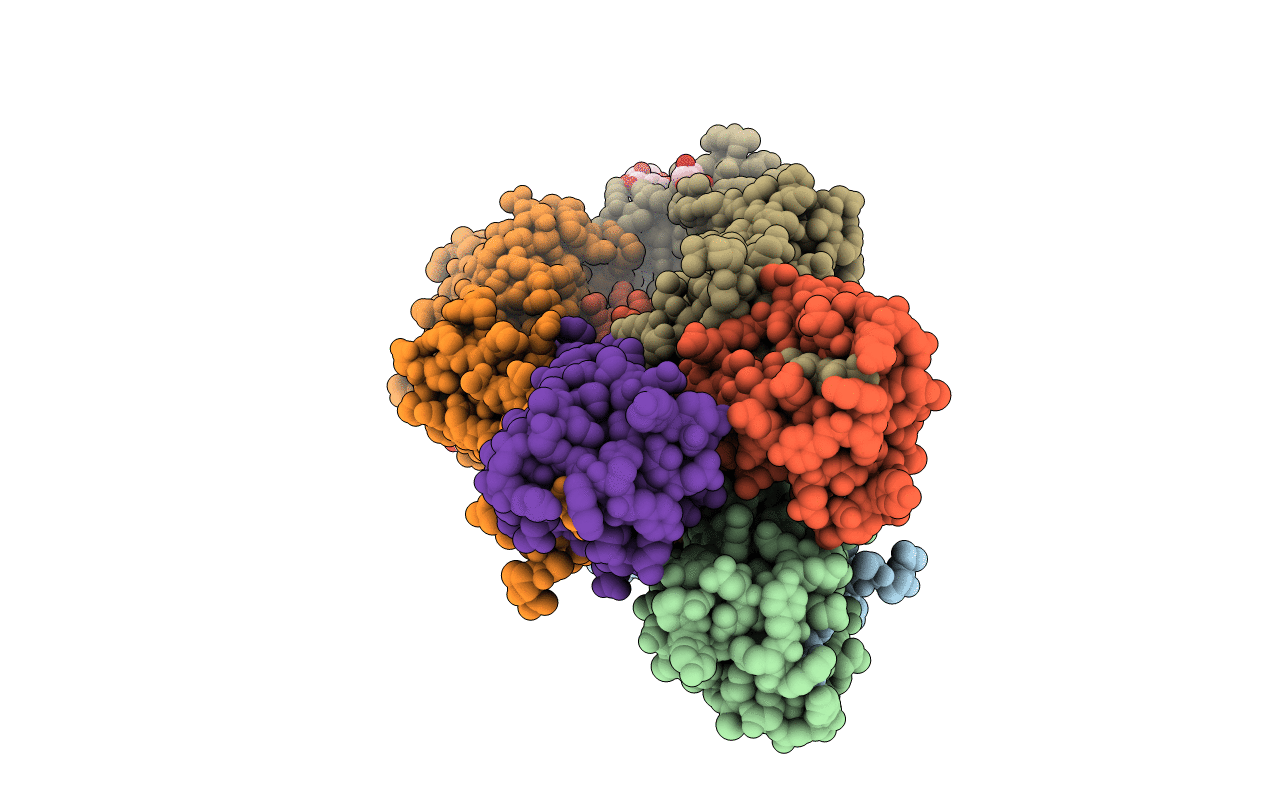
Deposition Date
2003-12-15
Release Date
2004-03-30
Last Version Date
2024-10-09
Method Details:
Experimental Method:
Resolution:
2.50 Å
R-Value Free:
0.24
R-Value Work:
0.21
R-Value Observed:
0.21
Space Group:
C 1 2 1


